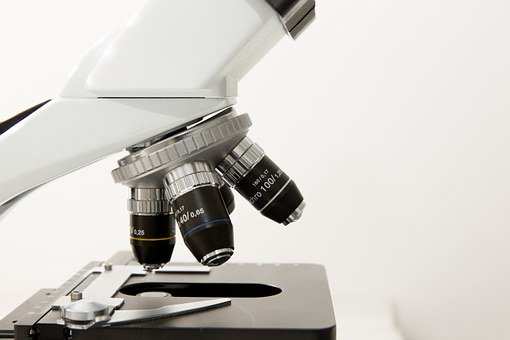Diagnosis of Chronic Prostatitis
Date:2019-12-19 click:0

For precise diagnosis and differential diagnosis, the following examinations can be selected: semen analysis or bacterial culture, prostate-specific antigen, urine cytology, transabdominal or transrectal ultrasound (including residual urine measurement), urine flow rate, urodynamics, CT, MRI, cystoscopy and prostate puncture biopsy.
Specific diagnosis methods:
1. Medical history collection
2. Physical examination
The size, texture, nodule, tenderness, range and degree of the prostate, the tension of pelvic floor muscle and tenderness of pelvic wall can be known by the digital examination of the rectum. The prostatic fluid can be obtained by massaging the prostate.
3. Laboratory inspection
3.1 routine examination of expressed prostatic secretions(EPS)
In normal EPS, leukocyte HP and lecithin bodies were evenly distributed in the whole field of vision, ph6.3-6.5, and erythrocytes and epithelial cells were absent or occasionally seen. When the number of leukocytes is more than 10 / HP, the number of lecithin corpuscles decreases, which is of diagnostic significance.
3.2 routine urine analysis and urine sediment examination
Routine urine analysis and urinary sediment examination are the auxiliary methods to eliminate urinary tract infection and diagnose prostatitis.
3.3 bacteriological examination
The two-cup method or four-cup method is recommended for the pathogen localization test of chronic prostatitis.
3.4 examination of other pathogens
It includes Chlamydia trachomatis and Mycoplasma examination.
4. Instrumental Examination
4.1 B-ultrasonic examination
Although patients with chronic prostatitis can be found with B-ultrasonic examination, such as the unevenness of prostate echo, prostatic calculus or calcification, and the expansion of periprostatic vein clusters, there is still a lack of specific performance of B-ultrasonic diagnosis of prostatitis, and it is impossible to use B-ultrasonic to classify chronic prostatitis.
4.2 uroflowmetry
Uroflowmetry can help doctors roughly understand the status of patients' urination, which is helpful for the differentiation of chronic prostatitis and dysuria related diseases; urodynamic examination can help find the dysfunction of bladder and urethra.
4.3 CT and MRI
It has potential application value in the differential diagnosis of pelvic organ diseases such as seminal vesicle and ejaculatory duct, but the diagnostic value of chronic prostatitis is still unclear.



